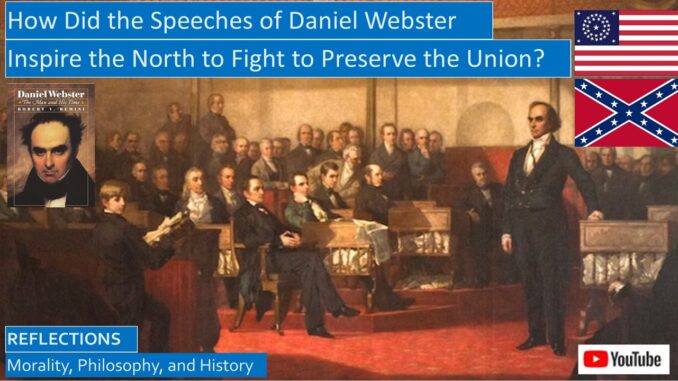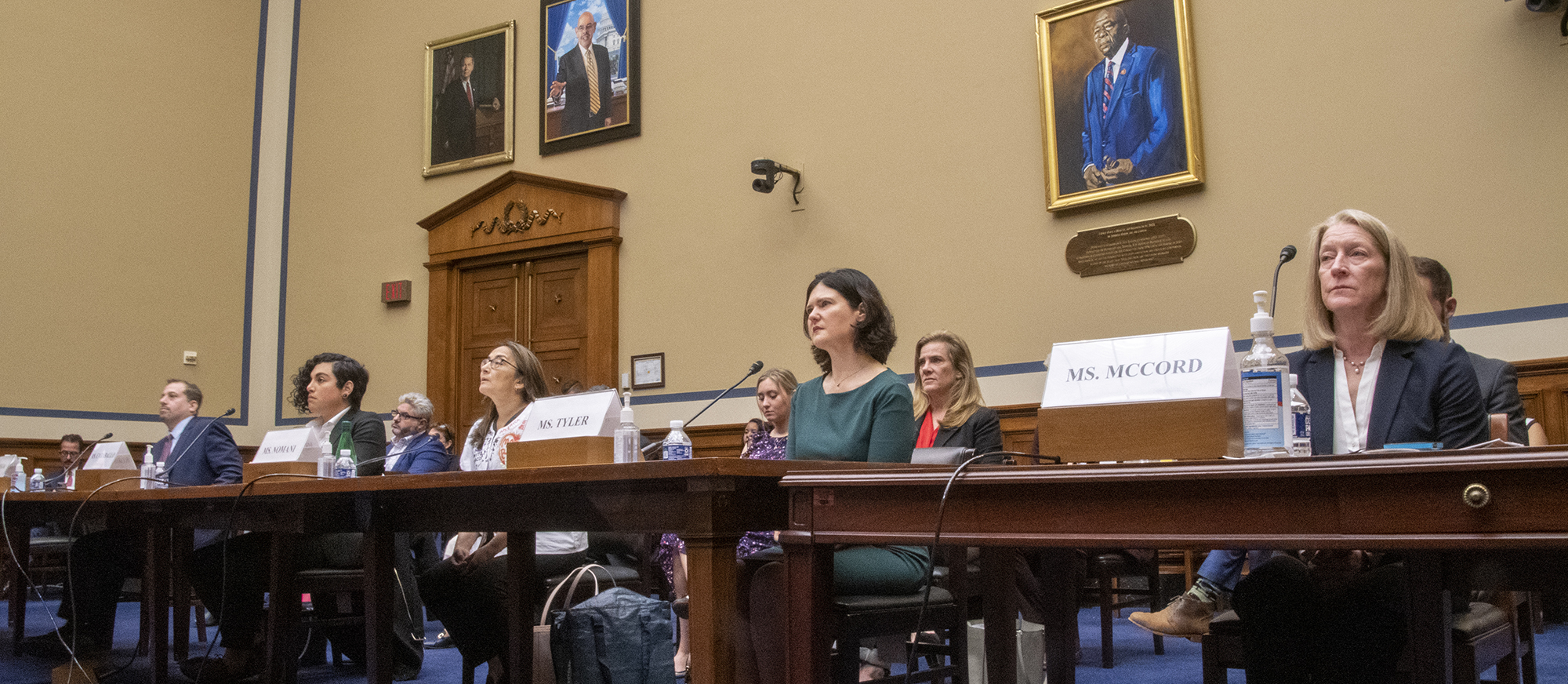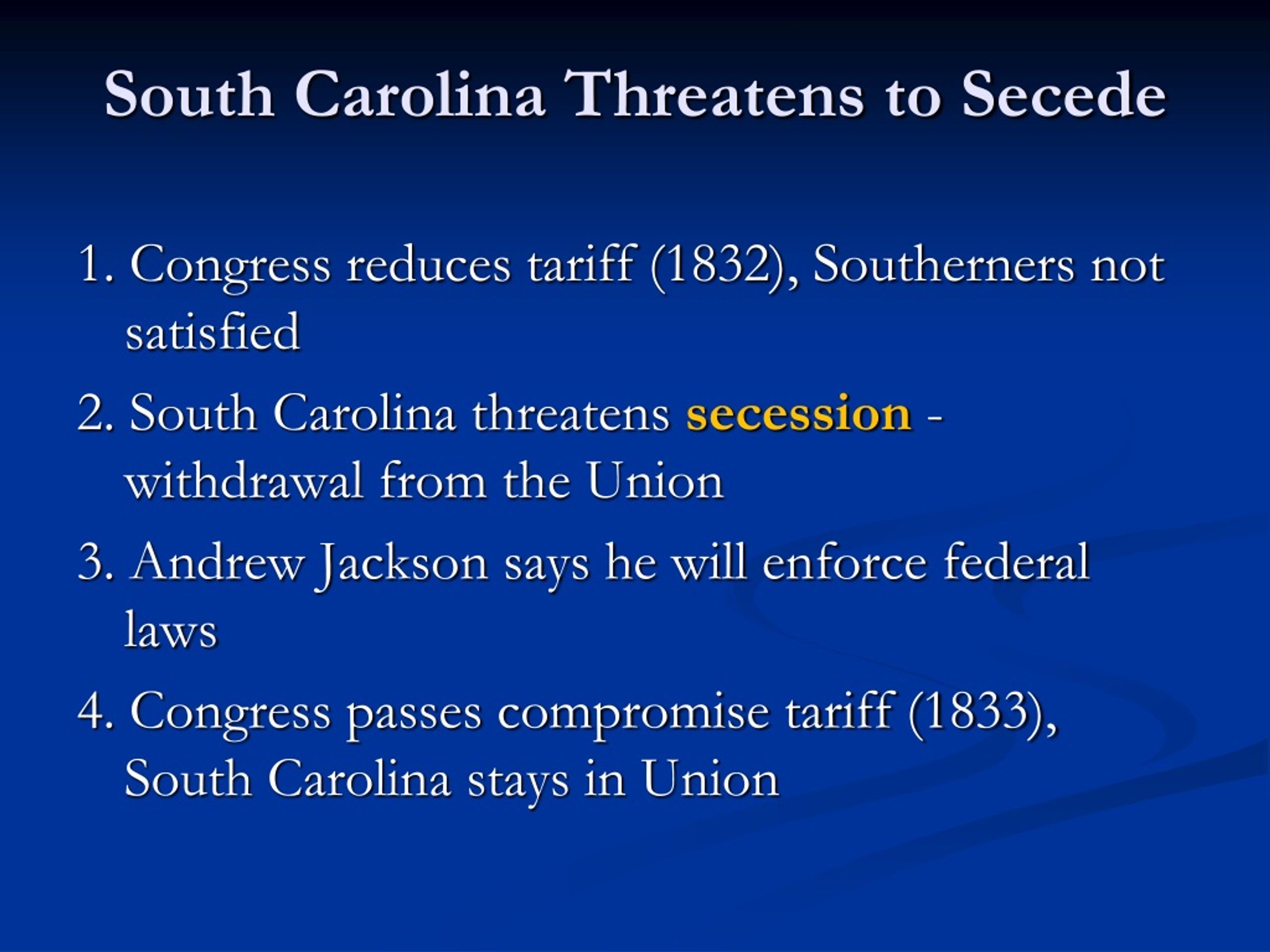In response, Jackson issued the “Proclamation to the People of South Carolina,” arguing the constitutionality of the tariffs and pushed for Congress to pass the Force Act. Passed in 1833, this Act allowed military force against states that resisted the tariff acts.
How Did the Speeches of Daniel Webster Inspire the North to Fight To Preserve the Union? |
The protective tariff, passed by Congress and signed into law by Jackson in 1832, was milder than that of 1828, but it further embittered many in the state. … In response to South Carolina’s threat, President Andrew Jackson sent seven small naval vessels and a man-of-war to Charleston in November 1832 to augment Federal forces under the

Source Image: mysticstamp.com
Download Image
Andrew Jackson was elected president in 1828, partly due to the South’s belief that he would pursue policies more in line with the interests of Southern planters and slaveholders. Indeed, Jackson had chosen John C. Calhoun, a native of South Carolina, as his vice president. 3 Many Southerners expected that Jackson would repeal or at least reduce the so-called Tariff of Abominations and

Source Image: americanhistorycentral.com
Download Image
Amanda Tyler testifies before Congress against Christian nationalism – Baptist News Global Apr 12, 2023The 1832 Nullification Crisis prompted secession fever. South Carolina’s 1832 threat to secede was later realized in 1860, an impetus to the Civil War, as ridiculed by this political cartoon. (Granger, NYC) The United States came perilously close to civil war during the 1832 Nullification Crisis. After Congress passed a high protective tariff

Source Image: quizlet.com
Download Image
How Did Congress And Jackson Respond To South Carolina’S Threat
Apr 12, 2023The 1832 Nullification Crisis prompted secession fever. South Carolina’s 1832 threat to secede was later realized in 1860, an impetus to the Civil War, as ridiculed by this political cartoon. (Granger, NYC) The United States came perilously close to civil war during the 1832 Nullification Crisis. After Congress passed a high protective tariff Feb 9, 2023Shortly after the 1832 election, on November 24, the South Carolina Nullifiers held a convention to declare the 1828 and 1832 tariffs null and void, which triggered a variety of responses in Washington and South Carolina. In response, President Jackson issued a testy proclamation denouncing the Nullifiers on December 10, 1832 and Calhoun
How did President Andrew Jackson respond to South Carolina’s | Quizlet
Prior to the Force Bill, President Andrew Jackson responded to the Nullification action of South Carolina by issuing a Nullification Proclamation. In his proclamation, Jackson stated that How did President Andrew Jackson respond to South Carolina’s nullification position? – Quora
Source Image: quora.com
Download Image
AP fact check: Republicans skew Ketanji Brown Jackson’s record on crime | PBS NewsHour Prior to the Force Bill, President Andrew Jackson responded to the Nullification action of South Carolina by issuing a Nullification Proclamation. In his proclamation, Jackson stated that

Source Image: pbs.org
Download Image
How Did the Speeches of Daniel Webster Inspire the North to Fight To Preserve the Union? | In response, Jackson issued the “Proclamation to the People of South Carolina,” arguing the constitutionality of the tariffs and pushed for Congress to pass the Force Act. Passed in 1833, this Act allowed military force against states that resisted the tariff acts.

Source Image: seekingvirtueandwisdom.com
Download Image
Amanda Tyler testifies before Congress against Christian nationalism – Baptist News Global Andrew Jackson was elected president in 1828, partly due to the South’s belief that he would pursue policies more in line with the interests of Southern planters and slaveholders. Indeed, Jackson had chosen John C. Calhoun, a native of South Carolina, as his vice president. 3 Many Southerners expected that Jackson would repeal or at least reduce the so-called Tariff of Abominations and

Source Image: baptistnews.com
Download Image
PPT – Andrew Jackson PowerPoint Presentation, free download – ID:489818 Feb 26, 2024The nullification crisis was a conflict between the U.S. state of South Carolina and the federal government of the United States in 1832-33. It was driven by South Carolina politician John C. Calhoun, who opposed the federal imposition of the tariffs of 1828 and 1832 and argued that the U.S. Constitution gave states the right to block the enforcement of a federal law.

Source Image: slideserve.com
Download Image
Blinken faces House lawmakers in first hearing on Afghanistan exit Apr 12, 2023The 1832 Nullification Crisis prompted secession fever. South Carolina’s 1832 threat to secede was later realized in 1860, an impetus to the Civil War, as ridiculed by this political cartoon. (Granger, NYC) The United States came perilously close to civil war during the 1832 Nullification Crisis. After Congress passed a high protective tariff

Source Image: wwmt.com
Download Image
States’ Rights and Nullification – ppt download Feb 9, 2023Shortly after the 1832 election, on November 24, the South Carolina Nullifiers held a convention to declare the 1828 and 1832 tariffs null and void, which triggered a variety of responses in Washington and South Carolina. In response, President Jackson issued a testy proclamation denouncing the Nullifiers on December 10, 1832 and Calhoun

Source Image: slideplayer.com
Download Image
AP fact check: Republicans skew Ketanji Brown Jackson’s record on crime | PBS NewsHour
States’ Rights and Nullification – ppt download The protective tariff, passed by Congress and signed into law by Jackson in 1832, was milder than that of 1828, but it further embittered many in the state. … In response to South Carolina’s threat, President Andrew Jackson sent seven small naval vessels and a man-of-war to Charleston in November 1832 to augment Federal forces under the
Amanda Tyler testifies before Congress against Christian nationalism – Baptist News Global Blinken faces House lawmakers in first hearing on Afghanistan exit Feb 26, 2024The nullification crisis was a conflict between the U.S. state of South Carolina and the federal government of the United States in 1832-33. It was driven by South Carolina politician John C. Calhoun, who opposed the federal imposition of the tariffs of 1828 and 1832 and argued that the U.S. Constitution gave states the right to block the enforcement of a federal law.